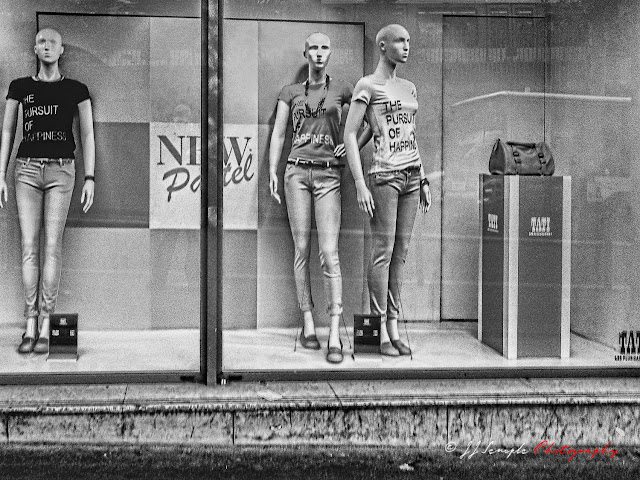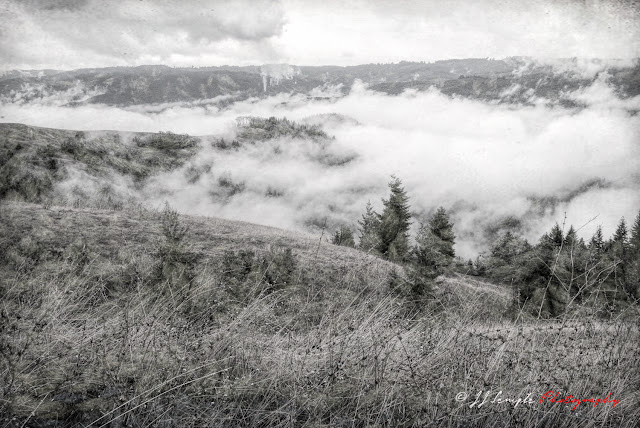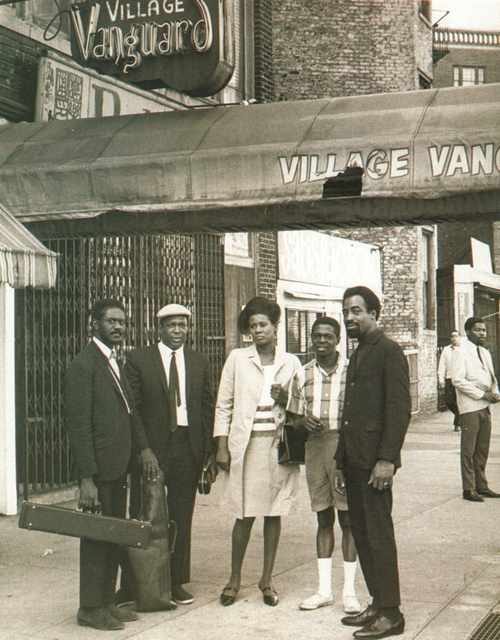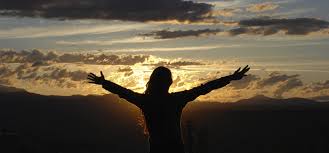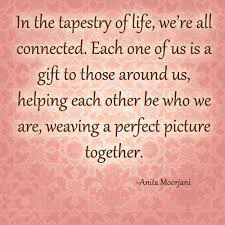"One other liberating experience related to OBE is that in fraternizing with death I discovered that it is only another aspect of life, another state of existence. For each one of us, death awaits, and this fact is an incitement to ask profound questions, relating to the unknown — paradise, hell, separation, or extinction. How can we find answers? OBE gives us answers through direct experience since I can enter and leave my own body, I can exist without my body. The death of my physical body therefore does not signify my end. I am able to think, feel, desire and act in other contexts than that of the physical world."
~ Akhena - Astral Consciousness: Out of Body Explorations
I second the emotion. Not only did I experience the same ah-ha realization apropos of death during an OBE (Out of Body Experience) at the age of 20, I encountered the same extra-corporal effect 15 years later after raising Kundalini. I was able to see inside my physical body, which led me to realize my being was more than my body — a series of ethereal body sheaths enveloped it.
These ethereal bodies are part of an invisible Energy Continuum (consciousness), which contains the past, present, and future of time and space, of which our biological form is only a limited expression.
At this point in the history of our science, we do not understand how the consciousness we deem a part of everyday life works, much less are we able to scientifically verify its metaphysical totality. But thanks to OBE, NDE, and kundalini, we can experience it. Verify it, no; experience it, yes.
In our present state, we talk of "losing and regaining consciousness" after getting knocked on the head or going into the operating room for a medical procedure. Mostly, we don't look beyond a very limited sense of consciousness. That is, up till now.
Meditation, yoga, mindfulness are changing this. As we pursue these various pastimes, disciplines, and practices and connect to a vaster sense of consciousness, we realize that death, like life, is a transitory state, and we are less afraid.
In 1947, when the poet, Dylan Thomas, wrote:
"Do not go gentle into that good night.
Rage, rage against the dying of the light."
Didn't he realize that that the light doesn't die? The clear light that shines at the moment of death is a beacon leading you toward the Energy Continuum, the entry into a recycling process and your next incarnation.
Was it this light that beckoned John Coltrane to knowingly record a tune entitled To Be just days before his death? What a querulous, introspective title for the usually high-octane saxophonist! A mournful tempo, featuring unusual instrumentation — Coltrane on flute (an instrument he only played once) and Pharaoh Sanders on piccolo, not sure he ever played it again — th tune was mostly ignored by Coltrane fans, who were more engaged by his fascination with the innovative and frenzied Free Jazz trend at that time.
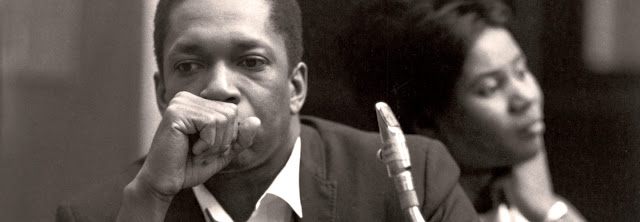 |
| John and Alice Coltrane |
To Be is a long, slow piece that, for me, signifies the passing of the torch or the changing of the guard, a realization by the composer (Coltrane) that to be has metaphysical overtones — we come and go, pass and re-pass on this earth.
The head, featuring the flute and piccolo, is followed by a long Alice Coltrane piano solo; a Sanders, then a Coltrane solo. As Coltrane's line trails out — sort of expires — Sanders injects a lilting, melancholy phrase that reminds me of a warbling bird and has me visualizing the following scene in my mind's eye.
I see a man sitting in a wooden garden chair, holding a cold drink on the armrest. The camera explores his face and his surroundings. The flowers, trees. His shoes. The back of his head and neck. Over his shoulder, the armrest and the drink. The arm goes limp, the drink topples over, and his arm drops. We hear a bird, the camera finds it and we listen. Cut to the dead man's face.
From this vision, while re-listening to this tune (To Be, the bird in the above scene), I imagine the death process and know that although the body dies, the essence that animates the body does not.














